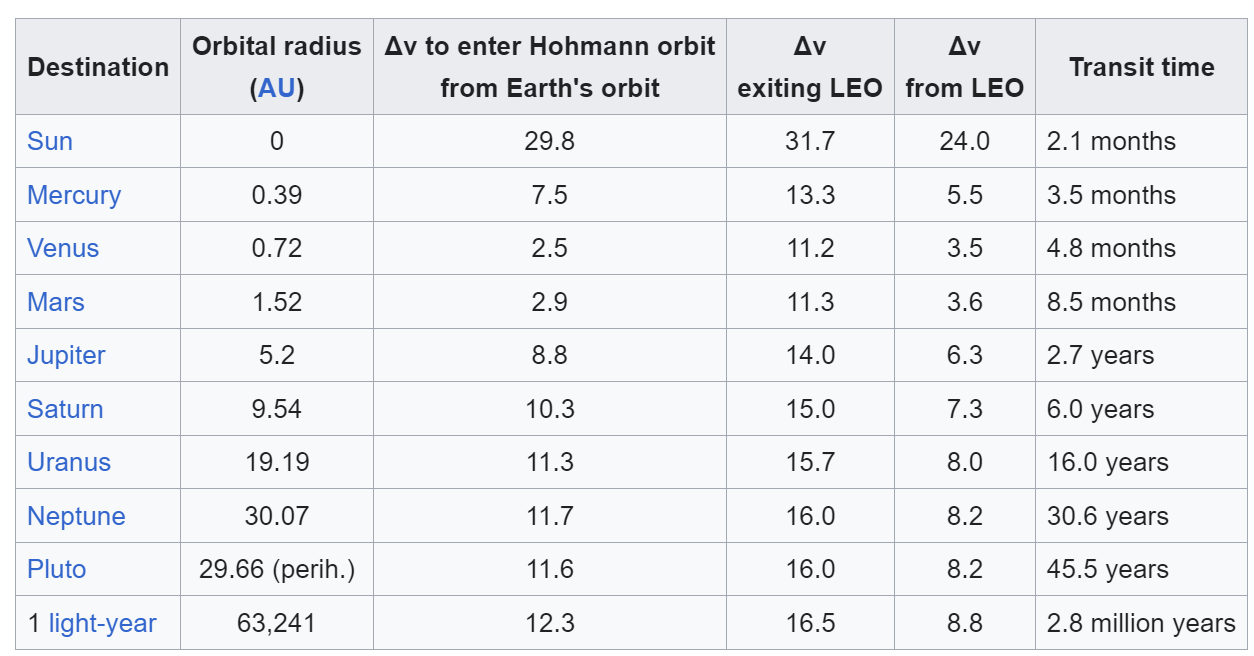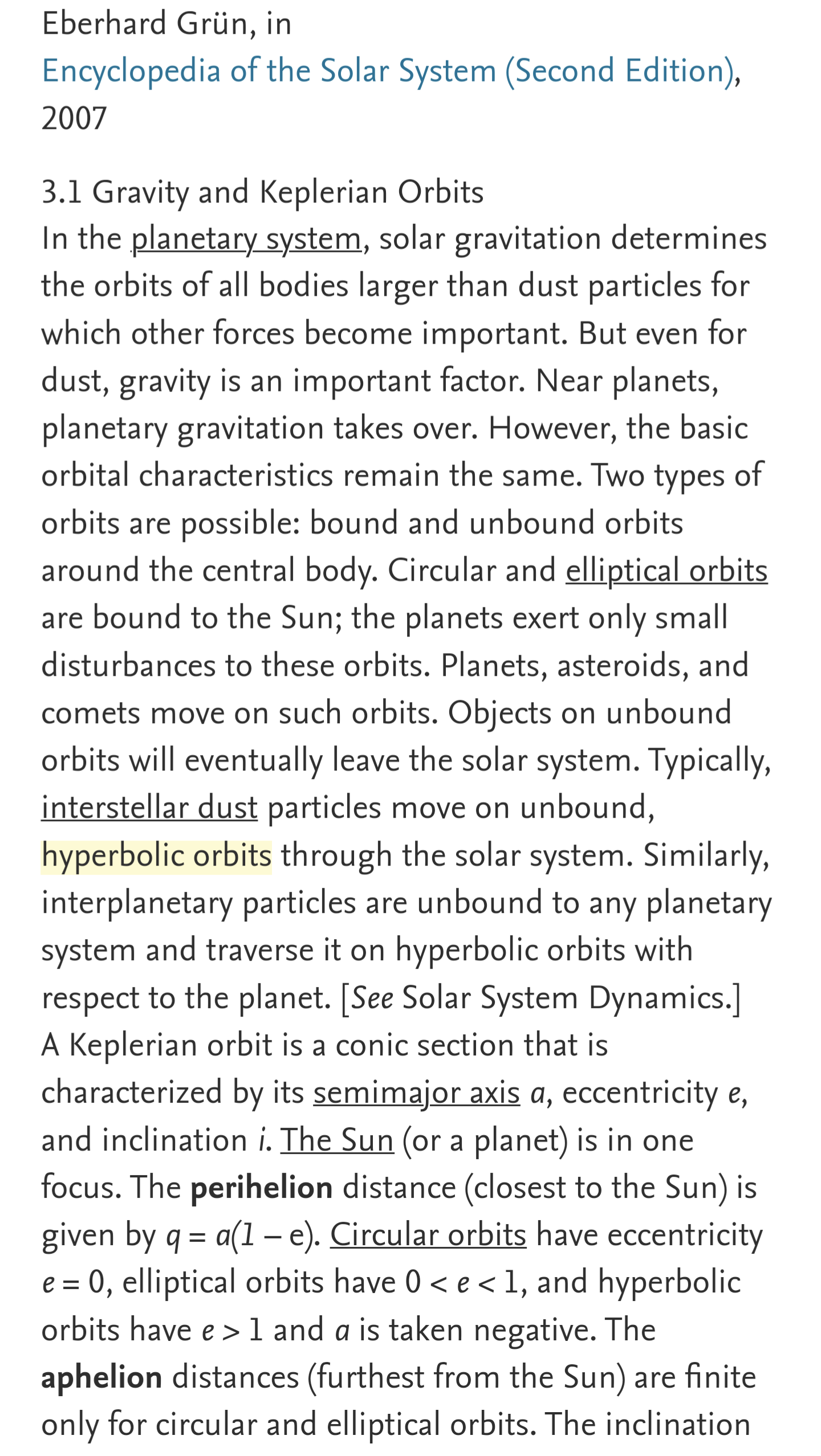needs to be alive and complete at least one full orbit, second after:
/CodeandSolder/what-will-be-next-astronomical-obje-c6c0196be5dc
see also:
@CodeandSolder It depends on where the object is and how big it is. My favorite scenario, where a relatively small asteroid is brought to lunar or Earth orbit robotically and the human astronauts land on it may rule out orbiting around it. What you need is that the Hill sphere of the object is not fully within the object.
@cloudprism the linear distance is pretty much meaningless though, the Δv is nearly the same, the transfer time is significantly different but I'm not sure how much that matters at this scale.

@CodeandSolder Yeah, there's just very little reason to go there, until/unless we want to settle there. But that's two orders of magnitude harder than settling on Mars.
Other places we could go are also harder, like Titan for settlement purposes or Ceres because it would be cool. So my votes are on Mars, and after that Phobos or Deimos because they're somewhat easy if you're already on Mars.
We could slingshot around Venus on the way to Jupiter, but that's not an orbit, and I doubt it anyway because it makes the transit time too long.
Oh and it's very unlikely to be a moon of another planet, because nearly all trajectories put you in orbit around the planet before you get into orbit around the moon.
@Mqrius I still want to believe somebody will sober up and do Mars Direct as designed but the other options are mostly to cover all bases
@CodeandSolder Just to make sure, "the sun" doesn't count as an astronomical object for this market right? 😅
@Mqrius if somebody does a full orbit around it, not orbiting anything else I think it should count, I'm not aware of any realistic missions with transfers that long though?
@CodeandSolder Hmm, yeah usually you wouldn't go a full orbit around the sun... Is that a requirement for the other astronomical bodies though? Just "being in orbit" doesn't usually mean having to do a full orbit around, it just means that if you don't do anything else then you would eventually do an orbit around.
It's probably cleaner to just exclude the sun, it's not really what the market is about anyway. Otherwise you get edgecases like, what if you put a station at the L1 point between the earth and the sun? That's not in orbit around the Earth but also only sort of in orbit around the sun.
@Mqrius yes, "at least one full orbit" has been there from the start to clarify it a bit. But yeah, let's exclude the sun (and other stars, just in case something exceedingly odd happens)
@Mqrius also: hyperbolic orbits are orbits, aren't they? I never checked but I'd assume the definition to be closer to "the approximated trajectory from two body calculations isn't completely off"
